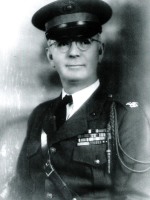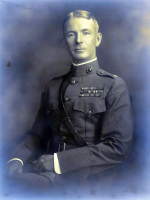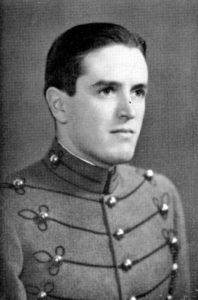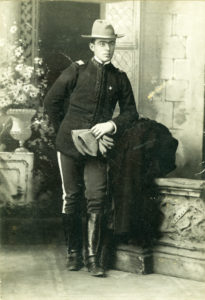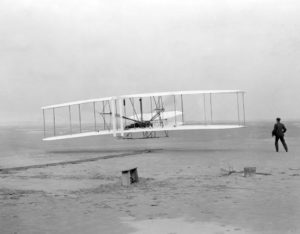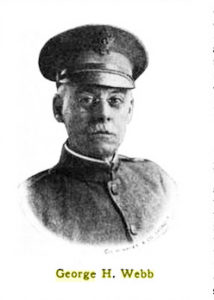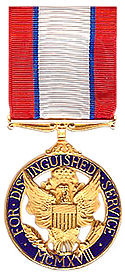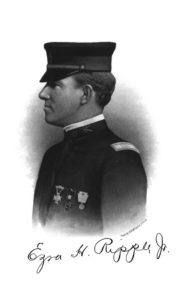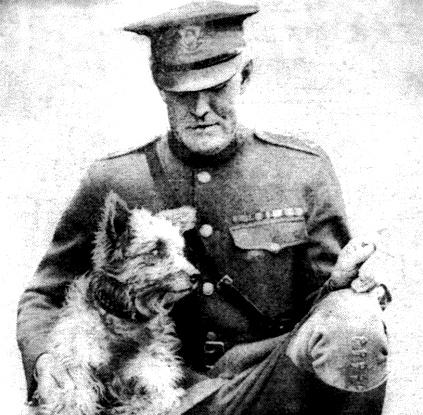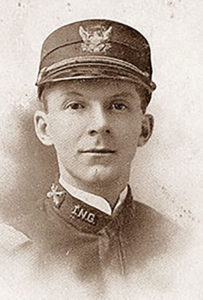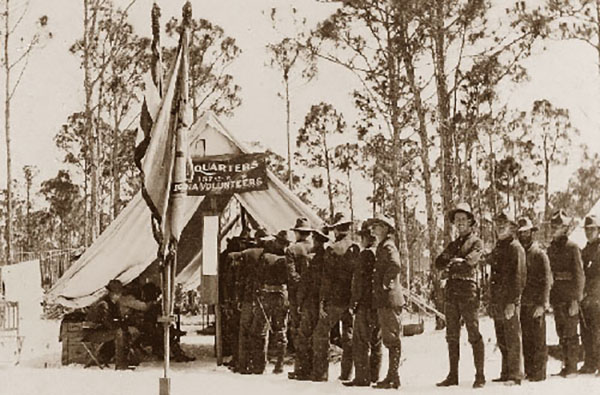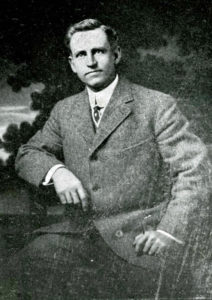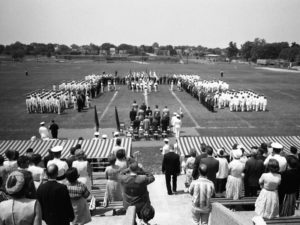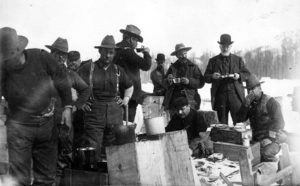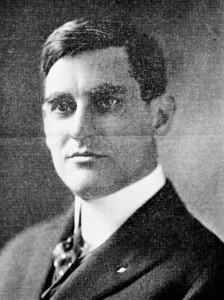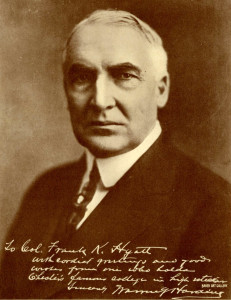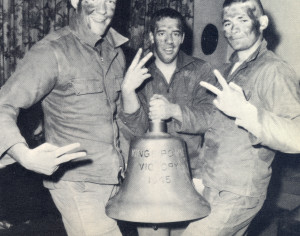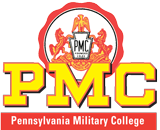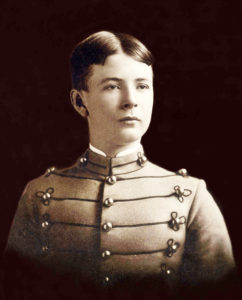 In late May of 1918 a massive German offensive smashed though the British and French lines. The Germans were now bearing down on Paris. The Marines were ordered to march toward Belleau Wood. An old hunting preserve, Belleau Wood covered about a square mile. In the heavy undergrowth the Germans created an ideal defense with a regiment armed with both light and heavy machine guns.
In late May of 1918 a massive German offensive smashed though the British and French lines. The Germans were now bearing down on Paris. The Marines were ordered to march toward Belleau Wood. An old hunting preserve, Belleau Wood covered about a square mile. In the heavy undergrowth the Germans created an ideal defense with a regiment armed with both light and heavy machine guns.
On June 6, the 3rd Battalion 5th Marines (3/5), commanded by Major Benjamin S. Berry advanced from the west into Belleau Wood as part of the Allied effort to take the village of Bouresches. As the first waves of Marines made their frontal assault, in a well-disciplined line, they had to go through a meadow of murderous machine gun fire. Almost immediately, Major Berry was wounded in his forearm. Marines attacked the woods six more times before the Germans were successfully expelled.
After the battle the wood was renamed “Bois de la Brigade de Marine” (“Wood of the Marine Brigade”) in honor of the tenacity of the Marines, by the French. An official German report classified the Marines as “vigorous, self-confident, and remarkable marksmen….
News reached P.M.C. that Major Benjamin S. Berry, ‘02, had been awarded the Croix de Guerre for bravery during the battle of Belleau Wood. On May 27, Secretary of the Navy Josephus Daniels presented a gold sword to Major Berry in recognition of his splendid service in France. The inscription on the sword reads: “From P.M.C. to Benjamin S. Berry, Major, United States Marine Corps, for bravery and distinguished service in the World War, 1917-18.” Later, Major Berry received the Distinguished Service Cross.

